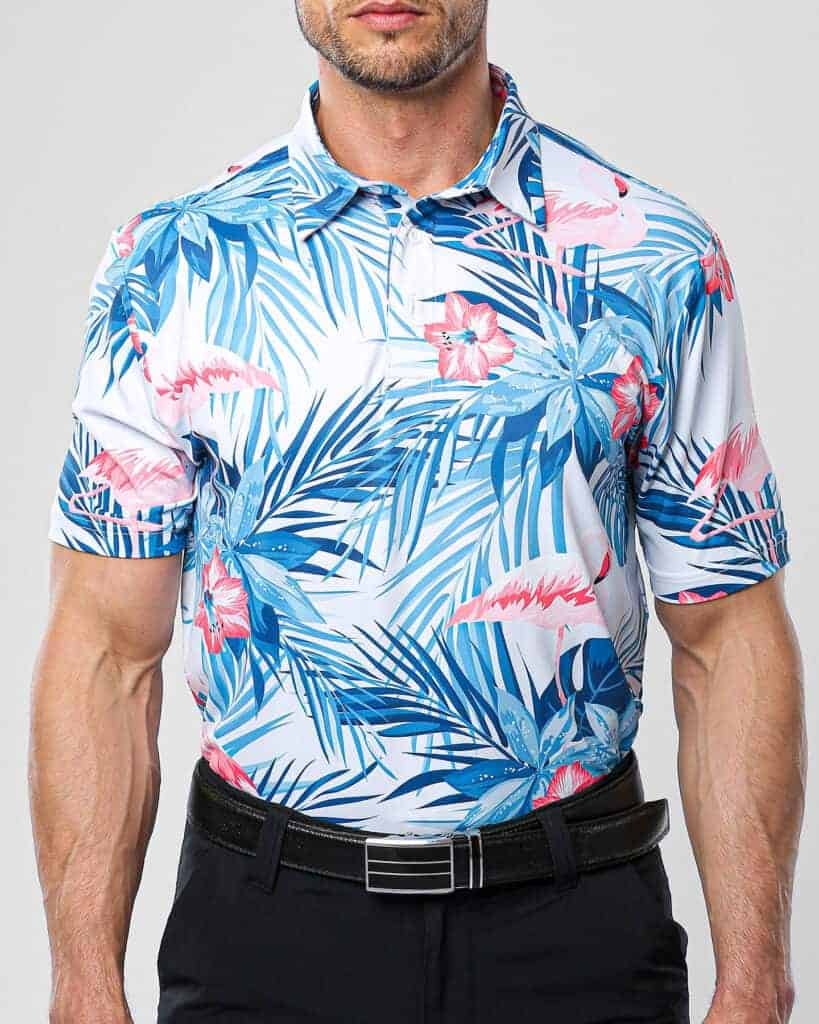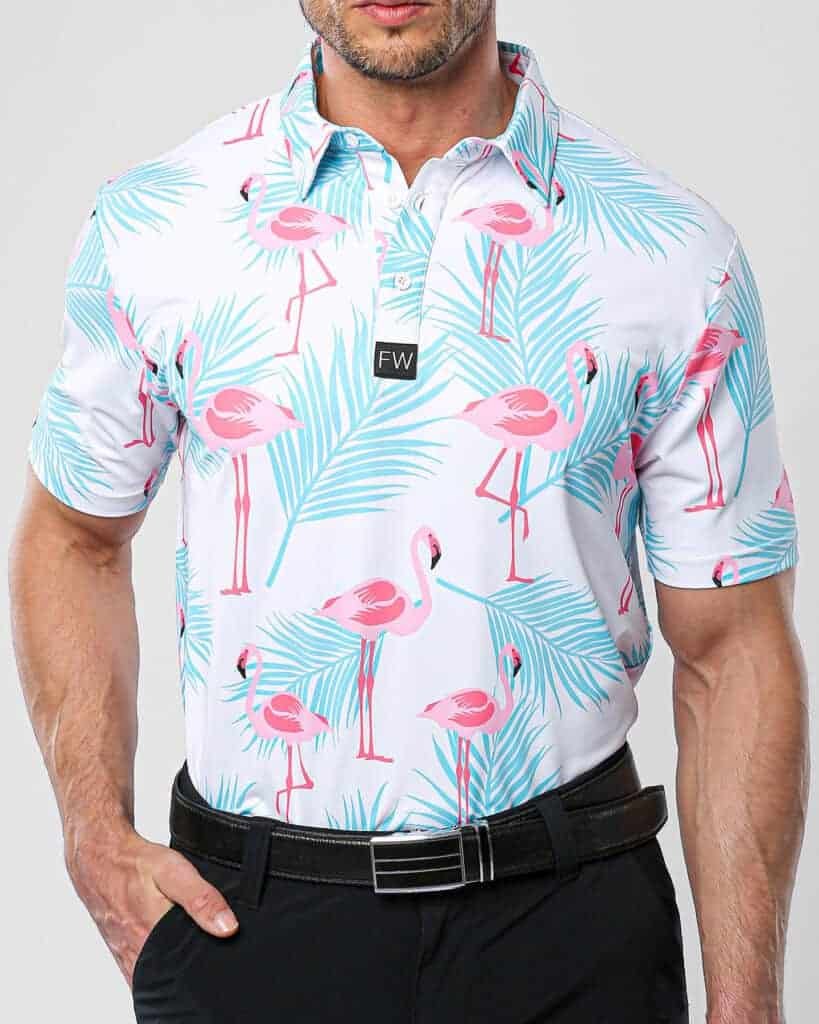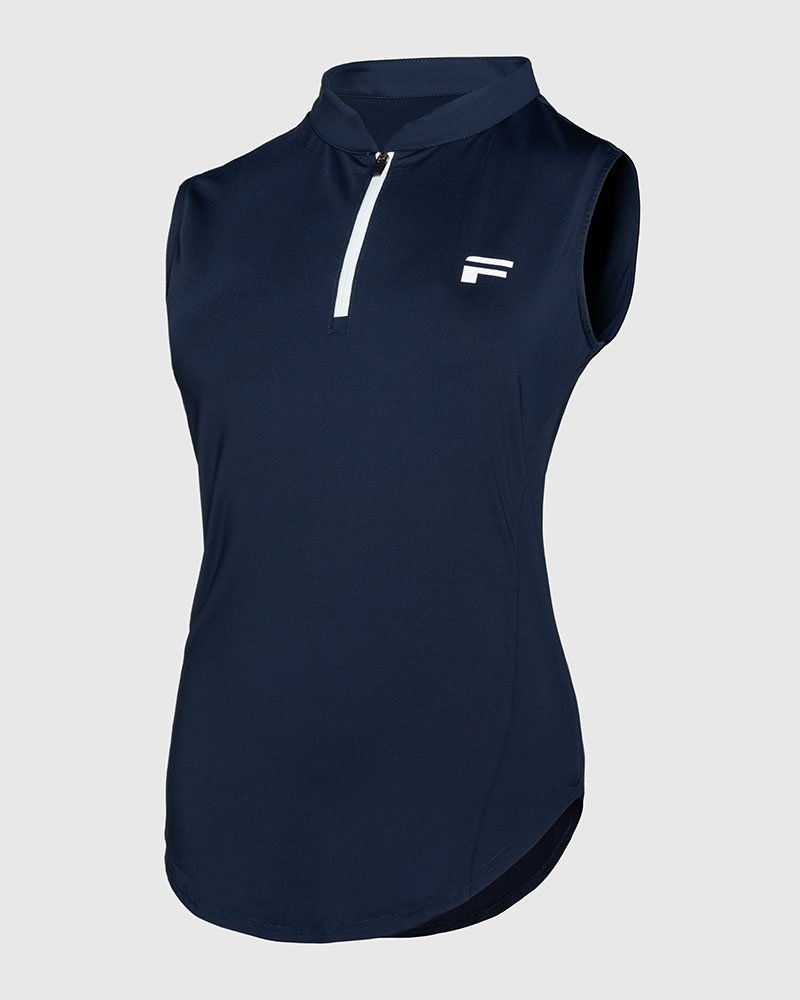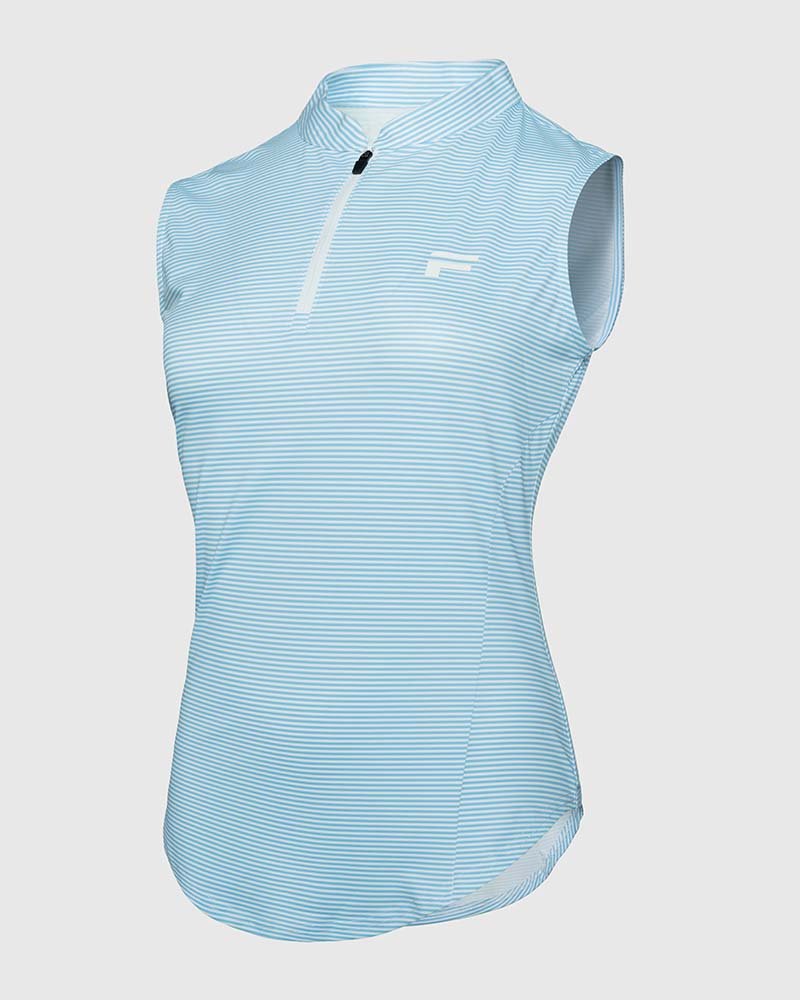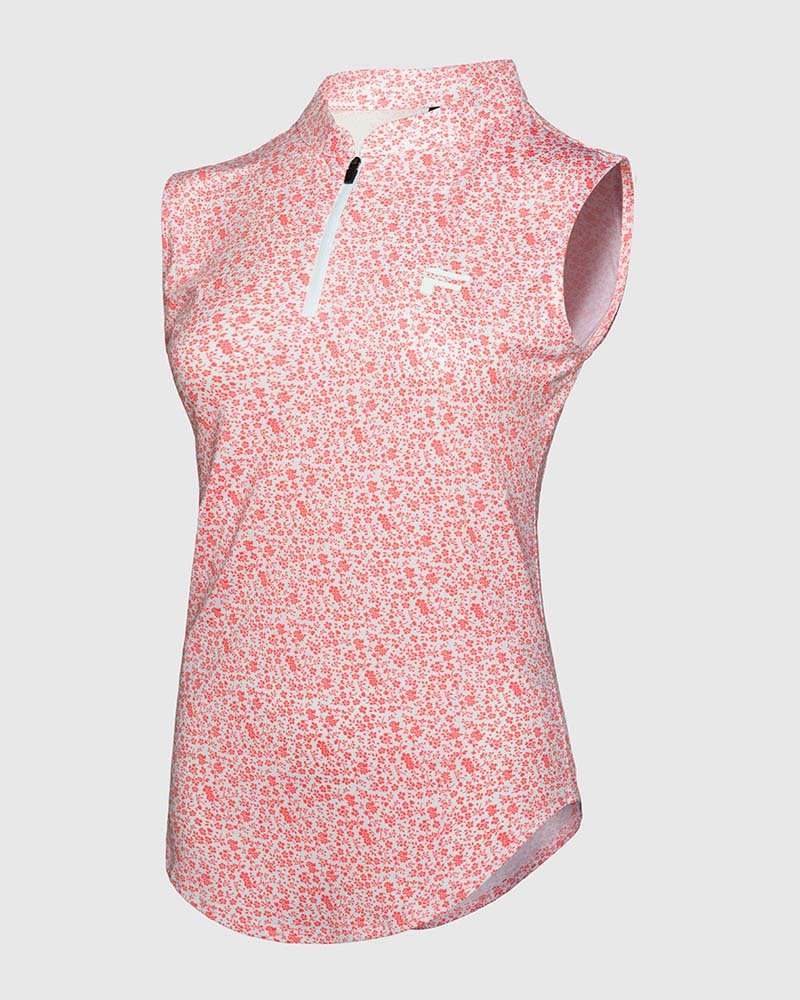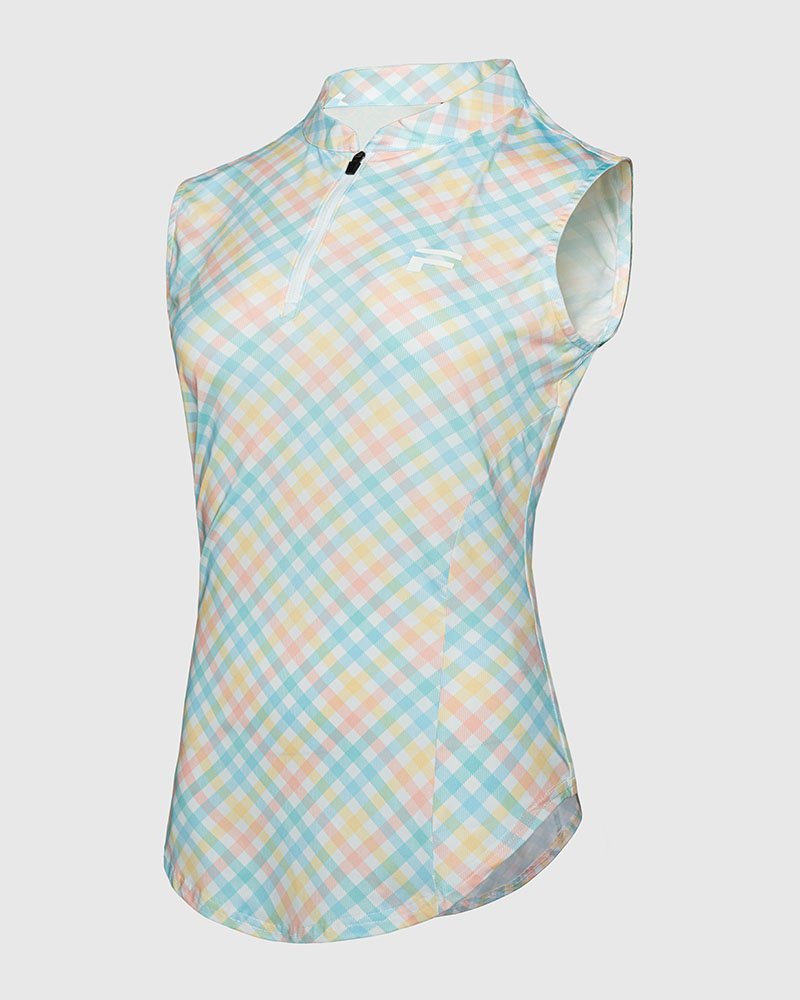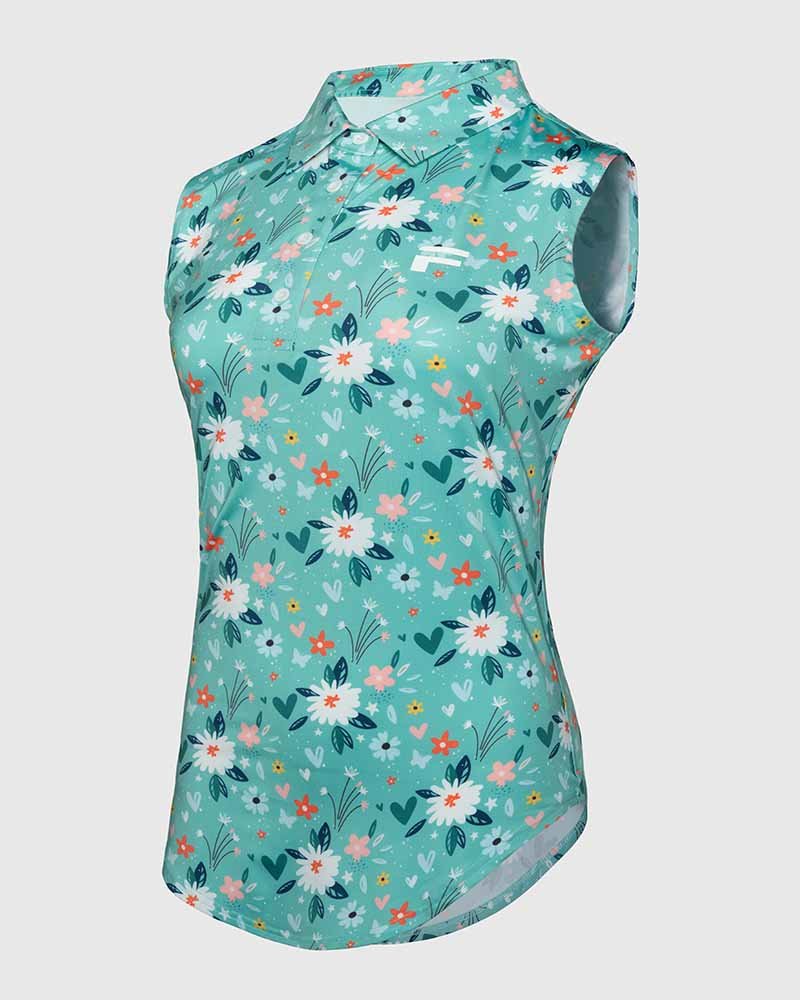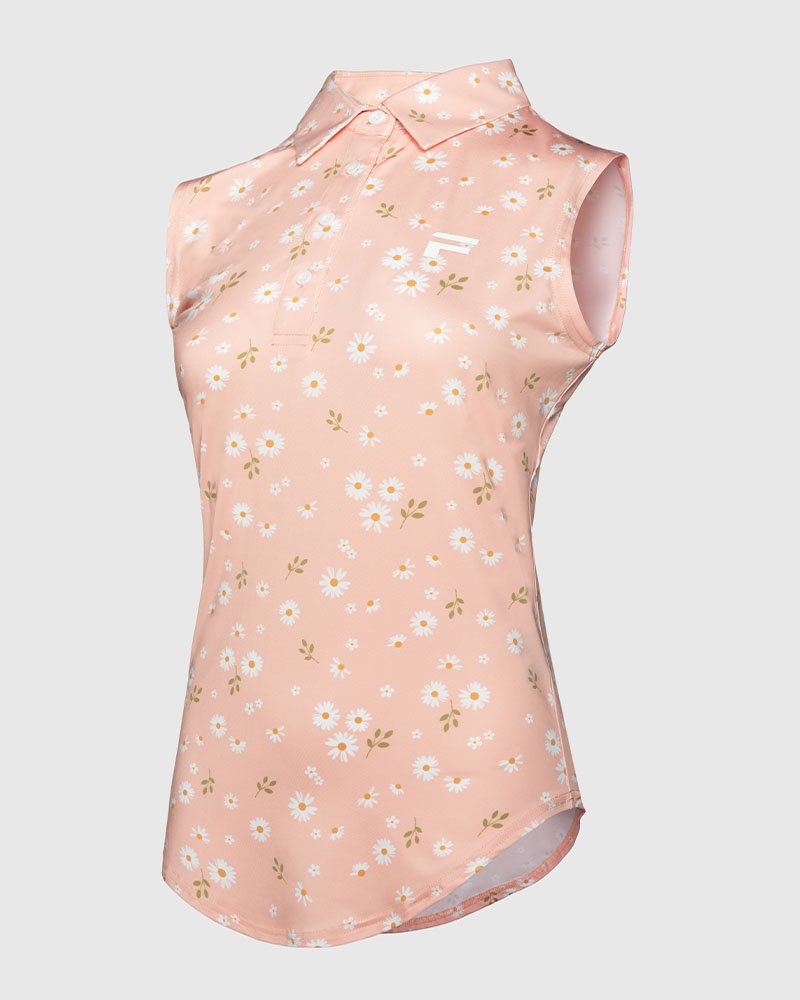You see golfers sweating in heavy, uncomfortable shorts on hot days. It ruins their game and their experience. Your brand can be the solution by choosing the right high-performance fabric.
The best fabrics for summer golf shorts are synthetic blends like Polyester-Spandex and Nylon-Spandex. These materials offer the best combination of moisture-wicking, breathability, and four-way stretch, keeping golfers cool, dry, and comfortable through every swing.

Knowing the top fabric names is a good start, but as a brand owner like you, Bobby, understanding why they perform is critical. I've spent 15 years in this business, working hands-on with these materials every day. The small details in fabric composition and finishing are what separate a good pair of shorts from a great one. Let's break down the options so you can build a truly competitive product.
What Do Golfers Really Want in Summer Golf Shorts?
You think golfers just want shorts that look good. But if they're heavy, hot, or restrictive, they'll never be worn again. Function is what creates a loyal customer.
Golfers want shorts that feel weightless and keep them cool. They need excellent breathability to let heat escape, moisture-wicking to stay dry from sweat, and flexible stretch for a completely unrestricted swing. Comfort is the key to performance.

In all my years working with global brands, these three pillars—cooling, comfort, and performance—are constant. But the real secret to elevating your product lies in the manufacturing details. For example, we don't just choose a breathable fabric; we enhance it. I often recommend to my clients that we use fabrics with engineered micro-perforations or a distinct mesh-like weave. These tiny, often invisible holes dramatically increase airflow without compromising the shorts' structured look. This is a key process we use in the factory to boost cooling. It's an inside tip that makes a huge difference on a 90-degree day, and it's something your customers will absolutely notice and appreciate, even if they don't know the science behind it.
Core Golfer Demands for Summer Shorts
| Feature | Why It's Essential | Manufacturing Tip |
|---|---|---|
| Breathability | Lets heat escape to prevent overheating. | Use fabrics with micro-perforations or an open weave. |
| Moisture-Wicking | Pulls sweat off the skin to keep the golfer dry and comfortable. | High-quality synthetic fibers are non-negotiable. |
| 4-Way Stretch | Allows for full range of motion in the swing without restriction. | A blend with at least 8-12% spandex is ideal. |
| Lightweight Feel | Reduces fatigue and adds to overall comfort on the course. | Target a specific, low fabric weight (GSM). |
Why is Polyester-Spandex the Best Overall Fabric for Summer Golf Shorts?
You need a reliable, high-performing fabric that won't break your budget. You worry that affordable options might feel cheap. A quality polyester-spandex blend delivers premium features at a smart cost.
Polyester-Spandex is the best overall choice because it offers an unbeatable mix of durability, four-way stretch, and superior moisture-wicking. It is the mainstream workhorse fabric for high-quality, modern golf shorts, providing performance that customers trust.
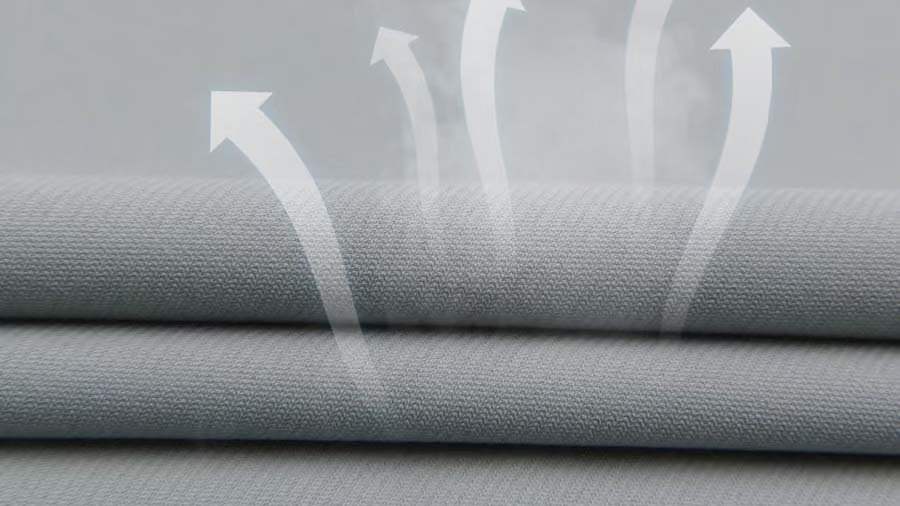
When I review orders from major European and American brands, a polyester-spandex blend is what I see most often. It’s the industry standard for a reason. Compared to traditional cotton, it’s lighter, dries much faster, and holds its shape and color after many washes. The key for your brand is finding the perfect balance. We spend a lot of time on this. For instance, a client might request a 92% polyester, 8% spandex blend. We'll produce a sample, and then maybe we'll test another at 90/10. That extra 2% of spandex can completely change the stretch and recovery of the short. We also fine-tune the fabric weight, measured in grams per square meter (GSM). A lower GSM gives you a lighter short for peak summer, while a slightly higher GSM provides more structure. These are the small adjustments that perfect the final product.
Is Nylon-Spandex a Good Choice for Premium Hot Weather Golf Shorts?
You want to offer a top-tier product that feels more luxurious. Polyester is fantastic, but you want a step up. Nylon provides that elevated feel without sacrificing any performance.
Yes, a nylon-spandex blend is an excellent choice for premium golf shorts. It has a cooler, smoother feel on the skin compared to polyester and offers exceptional durability and quick-dry performance, justifying its higher price point for a luxury line.
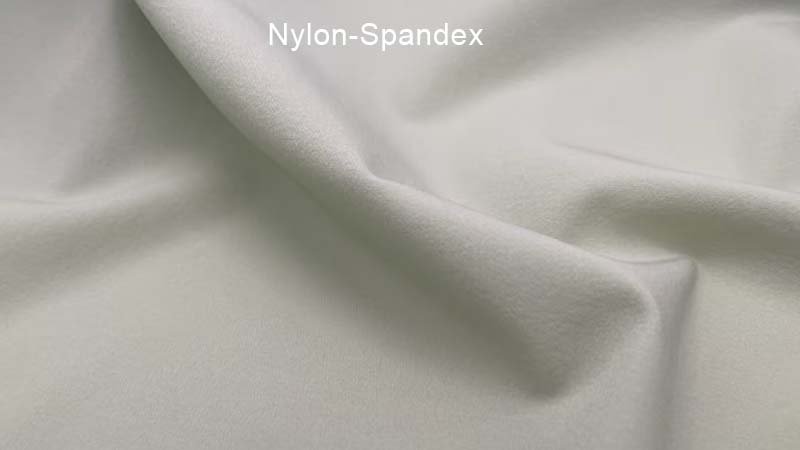
I always suggest a nylon-spandex blend to clients who want to launch a premium or "pro" level collection. While both polyester and nylon are performance powerhouses, the tactile difference is immediate. Nylon has a distinctive silky coolness to the touch that customers instantly associate with high quality. From a manufacturing standpoint, it's just as good at wicking sweat and offers incredible strength. I remember a project for a brand that wanted shorts for a tournament in a very humid climate. We used a lightweight nylon-spandex, and the feedback from the players was outstanding. They loved how light the shorts felt and how quickly they dried. The trade-off is cost—nylon is more expensive than polyester. But for a brand like yours, Bobby, looking to capture the high end of the market, it’s a smart investment.
Why is RPET Fabric the Smart, Sustainable Choice for Golf Shorts?
Your customers are becoming more environmentally conscious. You want to meet this demand without sacrificing performance. RPET fabric offers a solution that is good for the planet and the player.
RPET (Recycled Polyethylene Terephthalate) fabric, made from recycled plastic bottles, is the top sustainable choice. It delivers moisture-wicking and durability comparable to virgin polyester, allowing your brand to offer an eco-friendly product without compromising on core performance features.
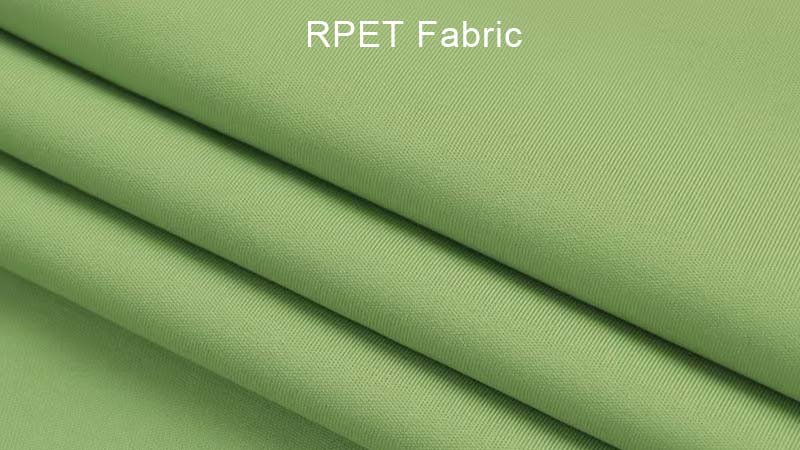
The demand for sustainable options is a major trend I'm seeing from international buyers. It's no longer a niche request. I now proactively recommend GRS (Global Recycled Standard) certified RPET fabrics to many of my clients. The technology has improved so much that the performance is virtually indistinguishable from virgin polyester. We can create lightweight, stretchy, and fast-drying shorts from recycled materials. I worked with a startup brand that built their entire marketing story around sustainability. We sourced a high-quality RPET fabric for them, and it became their biggest selling point. It’s a powerful narrative for a new brand. Choosing certified sustainable fabrics isn't just an ethical choice; it's a smart business decision that gives you a competitive advantage and a story that resonates with modern consumers.
Is Bamboo Charcoal a Good Material for Summer Golf Shorts?
You're looking for a unique fabric with a natural performance story. You've heard about bamboo but wonder if it's just hype. Bamboo charcoal blends offer real, tangible benefits.
Yes, bamboo charcoal-infused fabric is a great innovative material. It has natural anti-odor and thermal-regulating properties, meaning it helps keep you cool and fights odor-causing bacteria. It's an excellent choice for a product focused on all-day comfort and freshness.
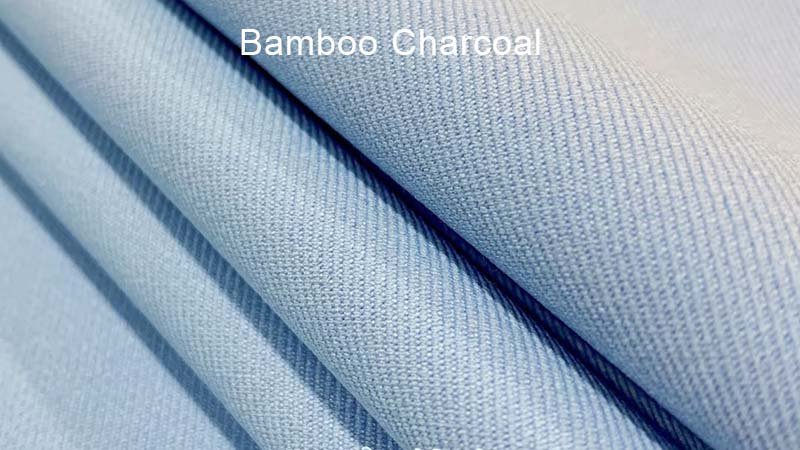
This is one of the more exciting material innovations I've worked with. We don't make the shorts from 100% bamboo. Instead, bamboo is burned to create charcoal, and the nano-particles are embedded into synthetic fibers like polyester. This creates a hybrid fabric with the best of both worlds. You get the durability and moisture-wicking of polyester, plus the natural benefits of the charcoal. The anti-odor properties are a huge selling point. After a long, hot round, shorts with this technology will simply smell fresher. I recommend this material to brands who want to innovate and focus on a message of enhanced comfort and hygiene. It gives a unique talking point that can set your product apart from the sea of standard polyester shorts on the market.
Should You Ever Use Cotton Stretch in Summer Golf Shorts?
You see cotton shorts everywhere and they feel soft. You wonder if a cotton blend is a viable option. While comfortable, pure cotton is a poor choice for performance golf wear.
You should generally avoid high-cotton blends for performance summer golf shorts. Cotton absorbs moisture and dries very slowly, becoming heavy and clammy in hot, sweaty conditions. It is best reserved for off-course, casual lifestyle apparel, not for on-course performance.
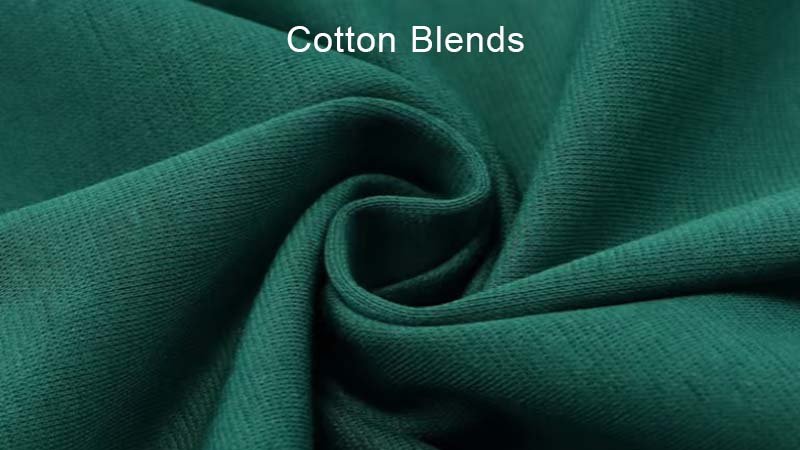
This is one of the first lessons I learned in the textile factory. While cotton feels soft when it's dry, it acts like a sponge when it gets wet. For a golfer who is sweating, this is the worst-case scenario. The shorts get heavy, stick to your skin, and can cause chafing. It completely undermines performance. Now, there are some modern "performance cotton" blends that mix a small amount of cotton with a majority of polyester to add a bit of softness. However, for a true summer golf short, I always steer my clients toward 100% synthetic blends like polyester-spandex. The performance difference is just too great. If you want to offer a cotton product, position it as a "clubhouse short" or "post-round" apparel, not as a technical garment for playing 18 holes in the heat.
What Are Some Common Questions About Golf Short Fabrics?
Feeling overwhelmed by technical fabric terms? Choosing the wrong spec can lead to a product that fails. Get clear, simple answers to your most pressing manufacturing questions now.
Key questions involve fabric weight (GSM), which affects feel, and the difference between moisture-wicking vs. quick-dry. Understanding these details lets you have a more technical and productive conversation with your manufacturer to create the perfect golf short for your brand.
After all this information, you probably still have some specific questions. These are the ones I get asked most often by brand owners just like you. Let me give you some straight answers based on my years in the factory.
What is GSM and why does it matter for summer shorts?
GSM stands for Grams per Square Meter. It’s simply a measure of fabric weight and density. For summer shorts, you want a lower GSM, maybe in the 150-180 range, for a lightweight, airy feel. A heavier fabric, say 220 GSM or more, would feel too warm and bulky for a hot day. It’s one of the most important technical specs we confirm before starting mass production.
Are 'moisture-wicking' and 'quick-dry' the same thing?
They are related but describe two different steps. Moisture-wicking is the process of pulling sweat from your skin to the fabric's surface. Quick-dry is the second part, where the moisture evaporates from that surface. A good performance fabric must do both well.
What special finishes can improve my shorts?
Beyond the fabric itself, we can apply finishes to add performance. A DWR (Durable Water Repellent) finish, for example, makes the shorts resistant to light rain or morning dew. We can also apply anti-odor finishes that inhibit bacteria growth. These small additions can be powerful selling points.
Conclusion
Choose a polyester or nylon blend with spandex for top-tier performance. Consider RPET for sustainability. Your fabric choice defines your shorts' comfort and success on the course.




